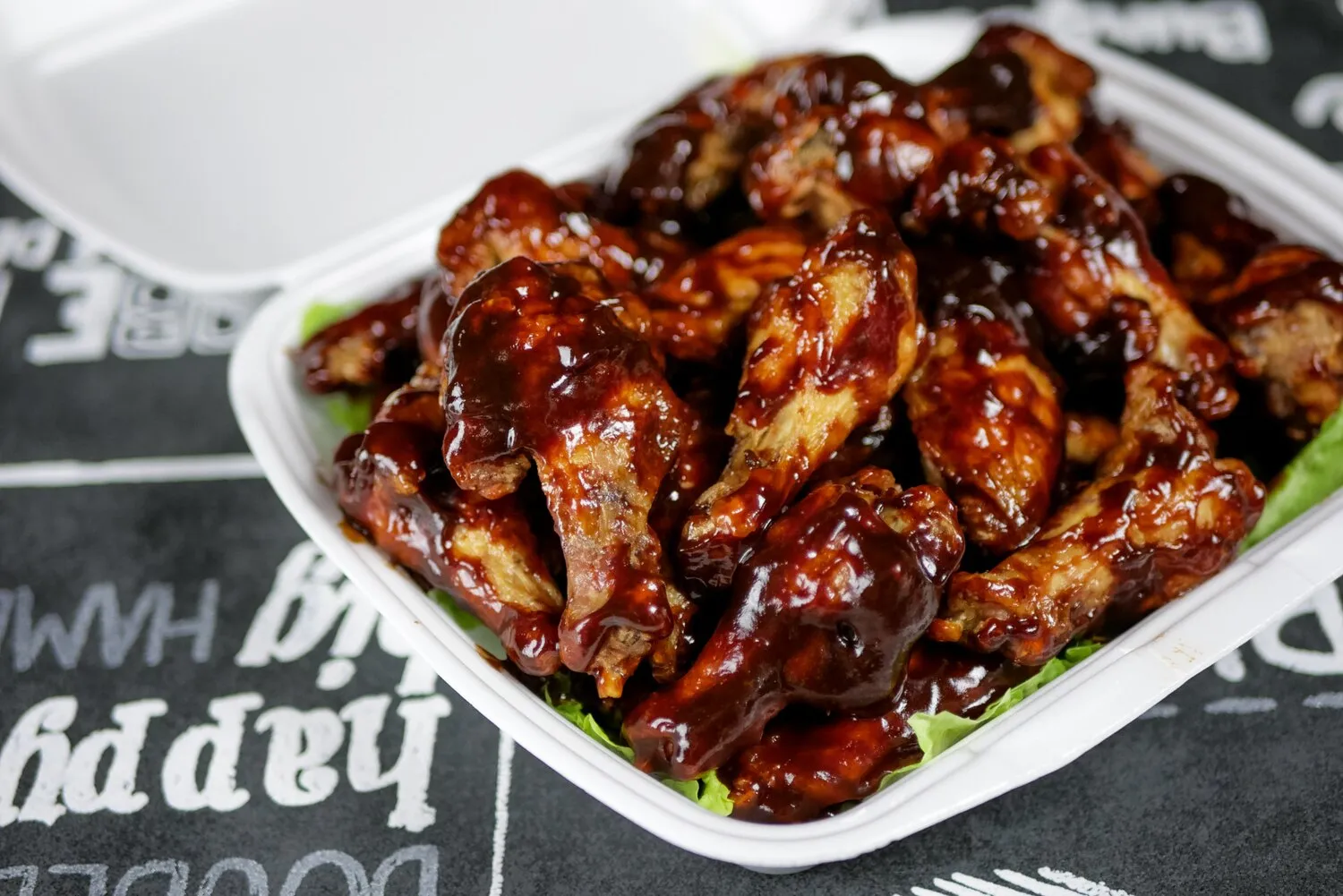
Cacio e Pepe Frittelle
Fried dough with cacio e pepe flavors.
Nutrition Facts
* The % Daily Value (DV) tells you how much a nutrient in a serving of food contributes to a daily diet. 2,000 calories a day is used for general nutrition advice.
While cacio e pepe itself has ancient Roman roots, the concept of fried dough 'frittelle' is widespread in Italian cuisine, varying regionally. This dish represents a modern fusion, combining a classic pasta sauce with a traditional fried snack.
Frittelle are a common street food and snack in Italy, often associated with festivals and celebrations. This cacio e pepe version blends this casual food tradition with the sophisticated simplicity of a classic pasta dish, showcasing Italian resourcefulness and love for simple, quality ingredients.
Street Food Tradition
Frittelle, or fried dough, is a staple in Italian street food culture, particularly during festivals and local events. They are often enjoyed as a quick and satisfying snack.
Regional Variations
The recipe for frittelle varies significantly across different regions of Italy. Some are sweet, others savory; some are plain, others filled with various ingredients.
Modern Fusion
Cacio e pepe frittelle represent a modern take on Italian cuisine, creatively combining a traditional pasta sauce with a beloved snack, appealing to both locals and tourists.
The dominant flavors are sharp, salty Pecorino Romano cheese and pungent black pepper, balanced by the savory dough.
The richness comes from the Pecorino Romano, a sheep's milk cheese with a strong, assertive flavor. Freshly cracked black pepper provides warmth and spice. The fried dough, typically made with flour, water, and yeast (or baking powder), offers a neutral base for these intense flavors, while the frying process contributes a satisfying crispy texture.
Cheese Quality
Use high-quality Pecorino Romano cheese for the best flavor. Pre-grated cheese often lacks the same intensity and freshness.
Pepper Freshness
Freshly cracked black pepper is crucial. The aroma and flavor diminish quickly after grinding, so grind it just before adding it to the dish.
Dough Consistency
The dough should be soft and slightly sticky. If it's too dry, the frittelle will be tough. If it's too wet, they will absorb too much oil during frying.
Frying Temperature
Maintain a consistent oil temperature (around 350°F/175°C) for even cooking. Overcrowding the pan will lower the temperature and result in soggy frittelle.
Explore additional Appetizers dishes and restaurants
Explore AppetizersDiscover top dining spots and culinary experiences in Boston.
Explore BostonLearn more about the food culture, restaurant scene, and culinary heritage of United States.
Explore United States